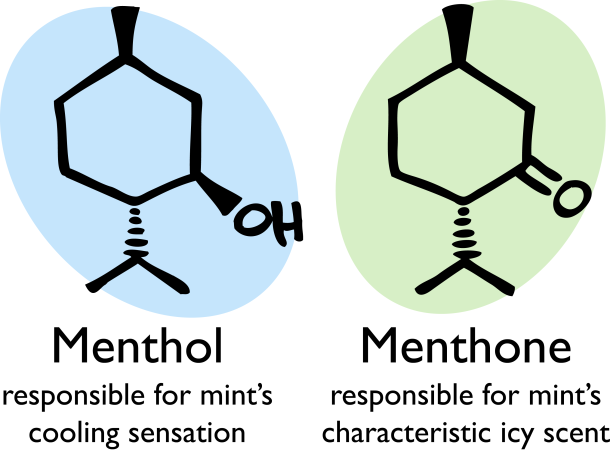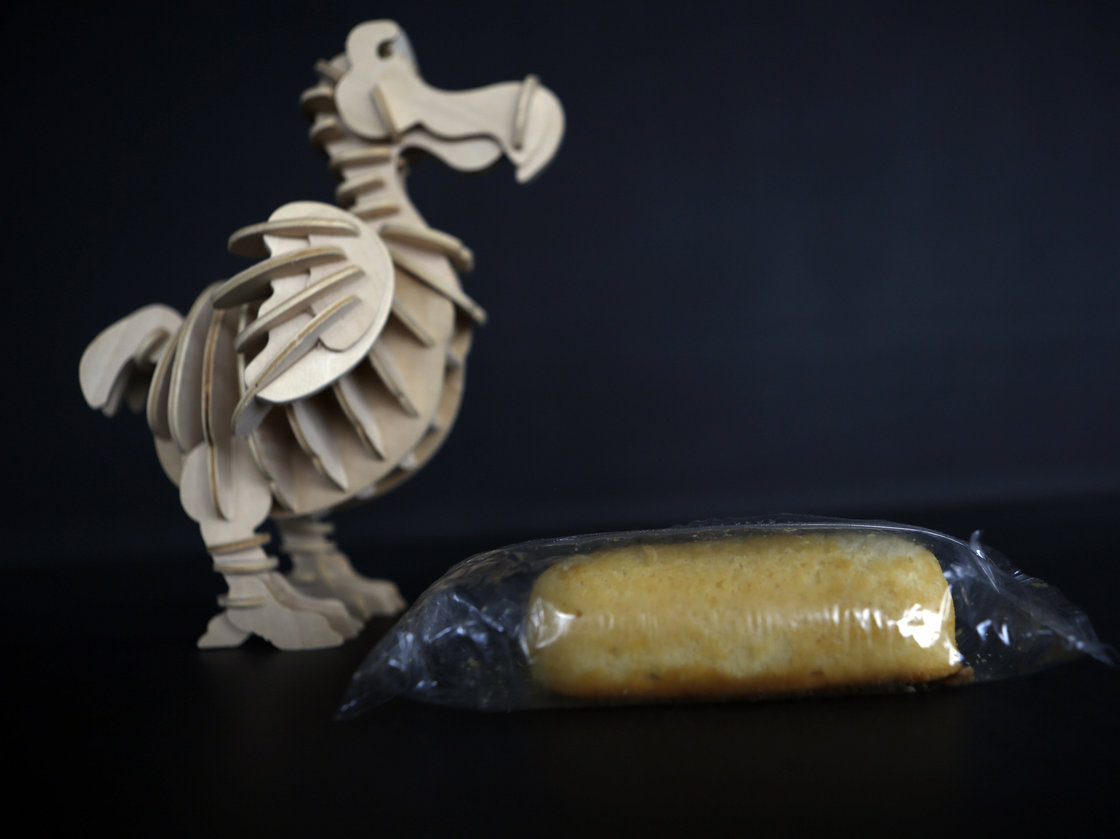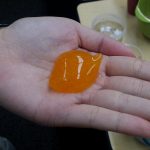Peppermint
Seasonal winter treats somehow seem incomplete unless they are imbued with a frosty, peppermint flavor. This is easily accomplished by enhancing the recipe with peppermint oil or peppermint extract, cultivated from the leaves of the peppermint plant. This plant’s scientific name is Mentha x piperita, the “x” indicating that it is a hybrid mint, formed by crossing watermint (Mentha aquatica) and spearmint (Mentha spicata). As a hybrid plant, peppermint is sterile, unable to produce seeds. Instead, it reproduces via rhizomes, bulbous plant masses found underground that are very similar to ginger and turmeric roots. Like many rhizomes, peppermint rhizomes can be planted almost anywhere, growing quickly once sprouted. For this reason, the peppermint plant is listed as invasive in Australia, the Galapagos Islands, New Zealand, and the Great Lakes region of the U.S. [1].
Peppermint oils and extracts get their characteristic Christmas-in-your-mouth flavor from their two main constituents, menthol and menthone. Of the two, menthol may be the more recognizable: When ingested, applied topically, or inhaled, menthol triggers cold-response sensory receptors, which cause that familiar cooling sensation [2]. You may have experienced this from chewing minty gums, using toothpaste, or applying Bengay to sore muscles.
Menthone is structurally related to menthol, but it affects a different sense in peppermint-flavored treats. This molecule gives rise to the icy, minty scent reminiscent of evergreen winters. Its distinctive fragrant property makes it popular in perfumes, cosmetics, and scented oils.
If you indulge in something peppermint this month, take some time to appreciate the menthol and menthone that makes this essence a holiday classic. Feel the sharp chill in your mouth while you bask in the warmth of a heated room. Take in the scent of cool mint while the winter wind outside whirls away. ‘Tis the season.
References Cited
- Pacific Island Ecosystems at Risk: Mentha x piperita <http://www.hear.org/pier/species/mentha_x_piperita.htm>.
- Knowlton, Wendy M., et al. “A Sensory-Labeled Line For Cold: TRPM8-Expressing Sensory Neurons Define The Cellular Basis For Cold, Cold Pain, And Cooling-Mediated Analgesia.” Journal Of Neuroscience 33.7 (2013): 2837-2848. Academic Search Complete. Web. 23 Nov. 2013.
 About the author: Alice Phung once had her sights set on an English degree, but eventually switched over to chemistry and hasn’t looked back since.
About the author: Alice Phung once had her sights set on an English degree, but eventually switched over to chemistry and hasn’t looked back since.











